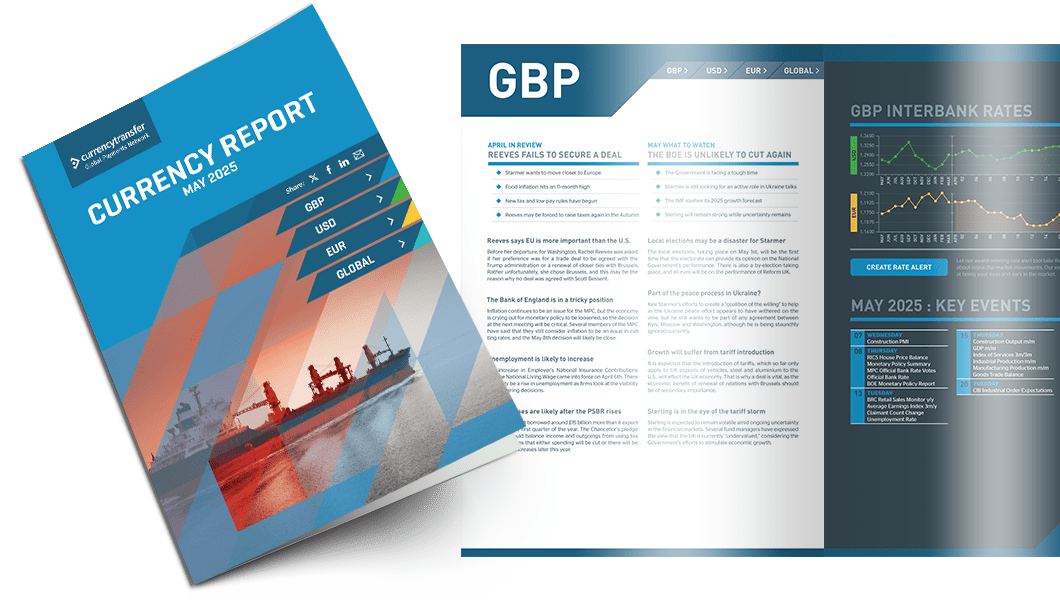
Highlights
- Bank of England sees financial risk outlook as “challenging”
- Bank CEOs see new regulations as a concern for growth
- Jobs at risk as construction sector contracts further
No sign of a turning point for either turnover or prices
Despite the marginal increase in the average price of homes in November that was reported earlier this week, there is unlikely to me any significant increase in either activity or prices until rates are falling consistently.
The level of sales in the market generally has a knock-on effect across the board. The number of new homes being constructed, even projects which have several units earmarked for social housing, continues to fall.
This means that there is less work available for trades people like bricklayers, carpenters and electricians.
Mortgage lenders are beginning to offer loans that are fixed for two and five years, and that will add to a gradual improvement, but progress is slow since the savings, apart from the peace of mind of having a constant monthly mortgage payment, are less than they were in recent times.
The Bank of England published its report on the risks it currently sees to the financial markets yesterday.
It sees the risks as “challenging” currently, with weak economic growth, the potential for a resurgence of inflation and the geopolitical situation as the primary challenges. The Bank is confident that it has measures in place, but until they are evaluated in a “live” situation, it is hard to say that they have every scenario covered.
There was a greater confidence in the retail banking sector shown as pressure on household incomes and budgets lessened. However, the level of personal debt is rising again, and should unemployment become a factor as the economy enters a period where demand is restricted by the level of interest rates, bad debts and defaults may be subject to significant growth.
The Government’s decision to make permanent the tax treatment of investments in plant, equipment and tech will allow small and medium-sized businesses to invest in upscaling their retooling, which should lead to improving the level of output.
There is a thriving market in machine tool sales, which will receive help from an increase in the availability of “second hand” or used equipment.
The pound has closed at a lower level every day this week, a trend that is likely to continue as the dollar sees a period of renewed strength, although as the market slows into the year-end, it is likely to lose momentum even as the lack of liquidity begins to have an effect.
However, next week there is a whole slew of activity which may see volatility increase. Data for GDP, industrial activity and inflation will be published, as well as the final MPC meeting of the year taking place.
This will set the tone for the beginning of the New Year, when the focus will be heavily on when the first cut in interest rates will take place.
Yesterday, Sterling fell to a low versus the dollar of 1.2551 and closed at 1.2555.

Read our latest currency report
Most impactful events planned this month and how they could impact your business
The Market is gearing up for a pivotal jobs report
The report from ADP on the changes to employment in the private sector saw the creation of new jobs fall from 106k in October to 103k last month.
It is projected that the headline non-farm payrolls figure in the November Employment Report will show a moderate raise, although there is no concrete evidence to support this supposition. In truth, the market, having been driven, to a greater or lesser extent, by this data for more than twenty-five years, is still struggling to find any way of accurately predicting the headline number.
Nonetheless, with inflation data due for publication next Tuesday, the FOMC meeting will have fresh, up-to-date numbers to reflect upon which should lead it to leave interest rates on hold for the third consecutive meeting.
Having endured an entire year of speculation about when the Fed would feel comfortable pausing and eventually ending its cycle of interest rate increases which began last June, it is expected that for at least the next six months every meeting will be dominated by speculation about when rate cuts will start.
The market has “pencilled in” four cuts in interest rates in 2024, and it will take a significant downturn in economic activity for those cuts to be anything more than twenty-five basis points each.
There are still commentators who are looking into long-term indicators who see no reason to change their view that the economy will slip into a recession at some point next year, but those views are countered by a general view that the economy moved on significantly and data reaching back more than twenty-five or thirty year is no longer relevant.
Several bank CEOs visited Washington yesterday to testify before the Senate Banking Committee, an annual pilgrimage that has taken place since the 2008 financial crisis.
They took the opportunity to voice their collective concerns that the new regulations that have recently been signed into law by President Biden could have a negative effect on their operations. They feel that the new regulations nicknamed “Basel Endgame” may weaken their balance sheets and limit their ability to lend.
The dollar index continued its march higher yesterday. It climbed to a high of 104.23 and closed at 104.17. Its next point of resistance is around the 104.40 level and may see the advance pause as the market considers taking profit on newly established long positions.
ECB will face more pressure to cut rates in the New Year
There is a fear that Russia’s actions in limiting the supply of gas to Europe, which it used last winter to underline its displeasure with the European Union’s condemnation of its invasion of Ukraine, may see a further opportunity to potentially wreak havoc with the region’s economy by undertaking similar actions.
Data released yesterday depicted a significant downturn in construction activity across the entire Eurozone. The sector is experiencing major concerns about both inflationary pressures affecting supply chains and a prolonged fall in demand.
The numbers showed a marginal improvement in November, from October’s low of 42.7, rising to 43.4, but the contraction is not showing anything like the improvement that will be needed to show the level of expansion that is clearly needed.
With commercial rents still rising as interest rates continue to be restrictive and the move towards working from home still in its initial stages, there is little hope for any improvement in the short or even the medium-term.
As with the UK, the knock-on effect of the downturn is affecting not only ancillary businesses, but those who at first glance should be sufficiently remote for the sector to be insulated.
When a recession is forecast, as it is now, there is no hiding place, and it becomes beholden upon all areas of the economy to “tighten their belts”.
The ECB has the power to ease the problems by enacting an emergency cut in interest rates but given its general “hawkishness” on inflation that is unlikely to happen.
It is hard to find any commentator or economist currently who doesn’t believe that the Central Bank may have gone too far in its cycle of interest rate hikes. This is probably because it was late starting, due to its reluctance to end the monetary support it was providing in the aftermath of the Pandemic.
In now refusing to countenance even considering a rate cut, even though there is evidence that rates are more than a little restrictive upon activity, the ECB is both “prolonging the agony” and encouraging nations to increase the risks to their economies by increasing both their debt to GDP ratios and budget deficits.
The Euro is reacting predictably to the differing outlooks for U.S. and Eurozone growth in the coming months. It fell for the sixth consecutive session yesterday, its longest run since late September, reaching a low of 1.0758 and closing at 1.0762.
Have a great day!

Exchange rate movements:
06 Dec - 07 Dec 2023
Click on a currency pair to set up a rate alert
Alan Hill
Alan has been involved in the FX market for more than 25 years and brings a wealth of experience to his content. His knowledge has been gained while trading through some of the most volatile periods of recent history. His commentary relies on an understanding of past events and how they will affect future market performance.